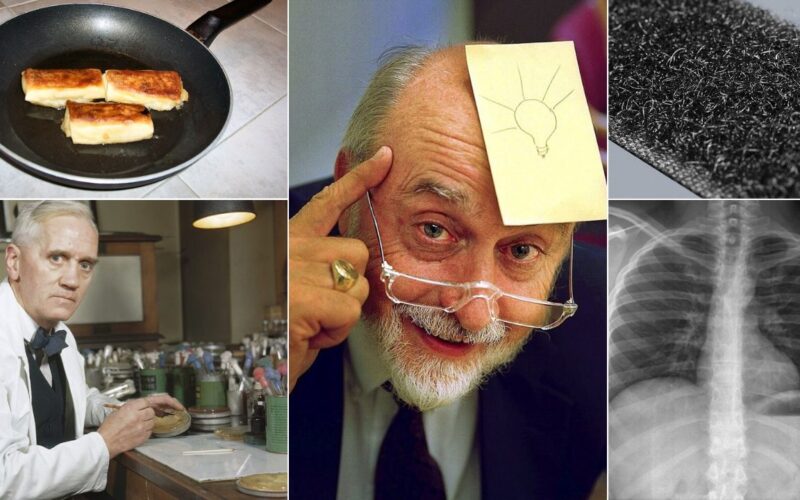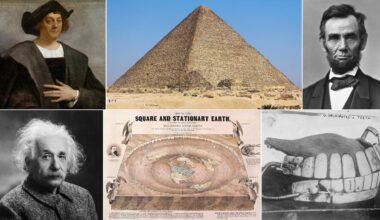Sometimes, genius strikes by pure accident. Many of the world’s most important inventions and discoveries weren’t the result of careful planning, but happy mistakes. From life-changing medicines to kitchen staples and childhood treats, some of the most incredible breakthroughs happened when no one was trying to find them. Whether it was a forgotten experiment, a lucky observation, or just plain curiosity, these accidental discoveries changed the world in unexpected ways. Here are 10 amazing finds that weren’t supposed to happen.
1. Penicillin Was Mold in a Petri Dish
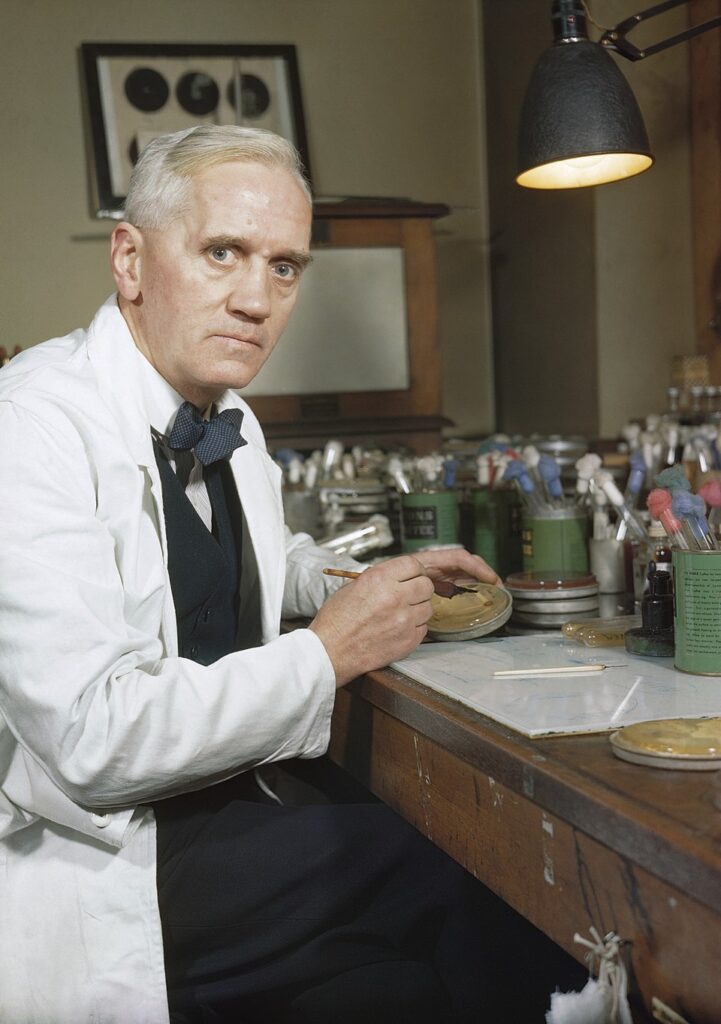
In 1928, Alexander Fleming returned from vacation to find mold growing on one of his petri dishes. Strangely, the mold had killed the surrounding bacteria. He hadn’t meant to make a medical breakthrough, but he had just discovered penicillin. This chance observation led to the development of the first true antibiotic, saving millions of lives and revolutionizing medicine. Without that forgotten dish, we might still be battling deadly infections with no cure in sight.
2. Microwave Oven Came From Radar Research
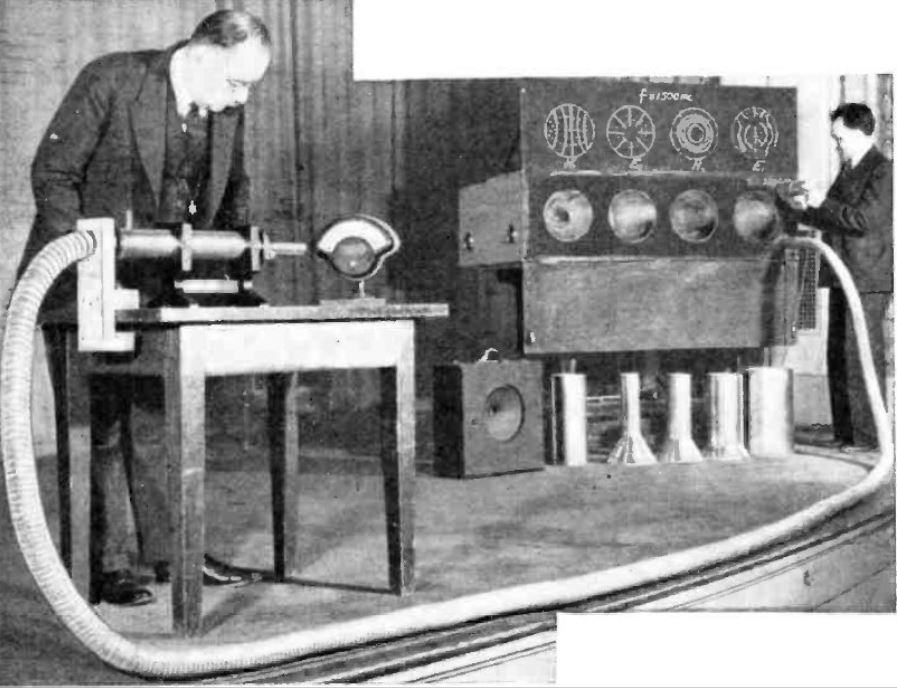
Percy Spencer, an engineer working on radar equipment in the 1940s, noticed that a chocolate bar in his pocket melted near active machinery. Intrigued, he experimented with popcorn and eggs, and they cooked too. This led to the invention of the microwave oven, a now-common kitchen appliance. Originally an unintended byproduct of military tech, it changed how we cook and heat food forever, all thanks to a snack and a curious mind in the lab.
3. X-Rays Were a Lab Glitch
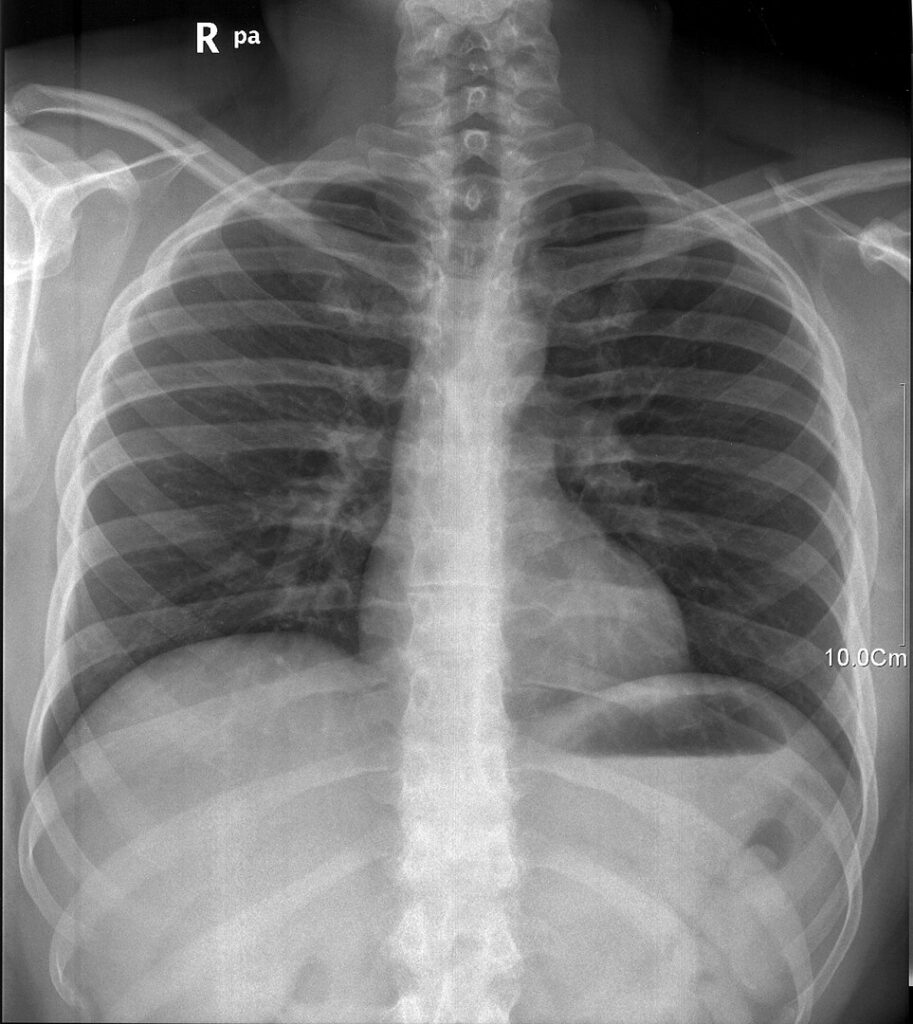
In 1895, Wilhelm Röntgen was experimenting with cathode rays when he noticed a mysterious glow on a nearby screen. Though it was shielded, something invisible was passing through solid objects. He soon realized he could see inside the human body and took the first X-ray of his wife’s hand. What began as a strange lab error became one of the most important medical imaging tools, allowing doctors to look inside the body without surgery.
4. Velcro Was Inspired by Burrs
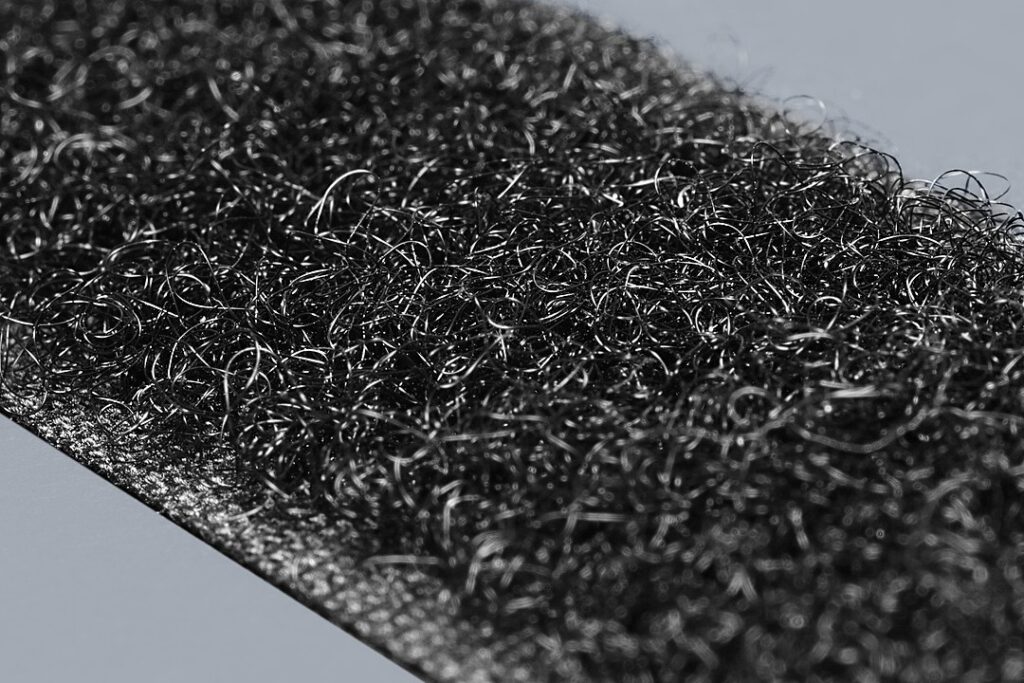
Swiss engineer George de Mestral went for a walk with his dog in 1941 and noticed burrs clinging tightly to its fur. Curious, he examined them under a microscope and saw tiny hooks that latched onto loops in fabric. Inspired by nature’s grip, he created Velcro, a fastener used in everything from shoes to space suits. This accidental discovery, sparked by a nature walk, proved that some of the best ideas come from simple observation.
5. Post-it Notes Were a Failed Glue
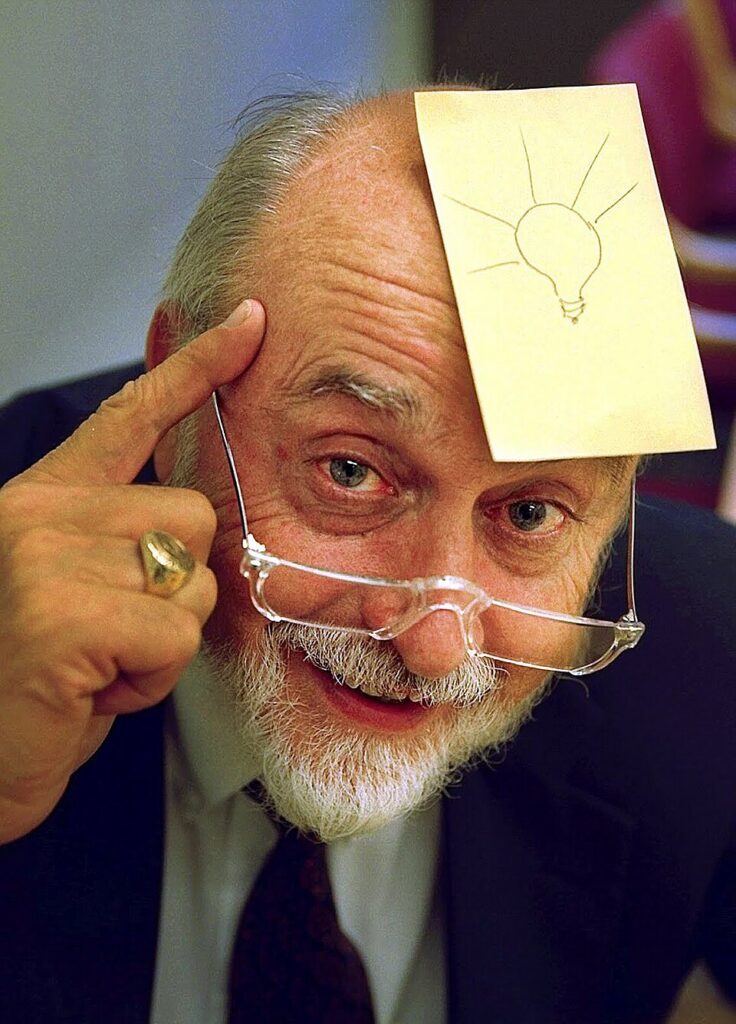
In 1968, Spencer Silver was trying to create a super-strong adhesive but ended up with one that barely stuck. It wasn’t until years later that a colleague, Art Fry, used the weak glue to stick bookmarks in his hymnal without damaging the pages. The Post-it Note was born, thanks to a failed experiment and a clever repurposing. It became one of the most popular office supplies in history, all because something didn’t work as planned.
6. Teflon Was an Unused Gas

In 1938, Roy Plunkett was attempting to create a new refrigerant when one of his gas canisters stopped releasing. When he opened it, he found a slippery white powder inside. That substance was polytetrafluoroethylene, better known as Teflon. It turned out to be incredibly heat-resistant and nonstick, perfect for cookware and industrial uses. What began as a chemical mishap turned into one of the most useful materials of the 20th century.
7. Pacemaker Came From a Circuit Mistake
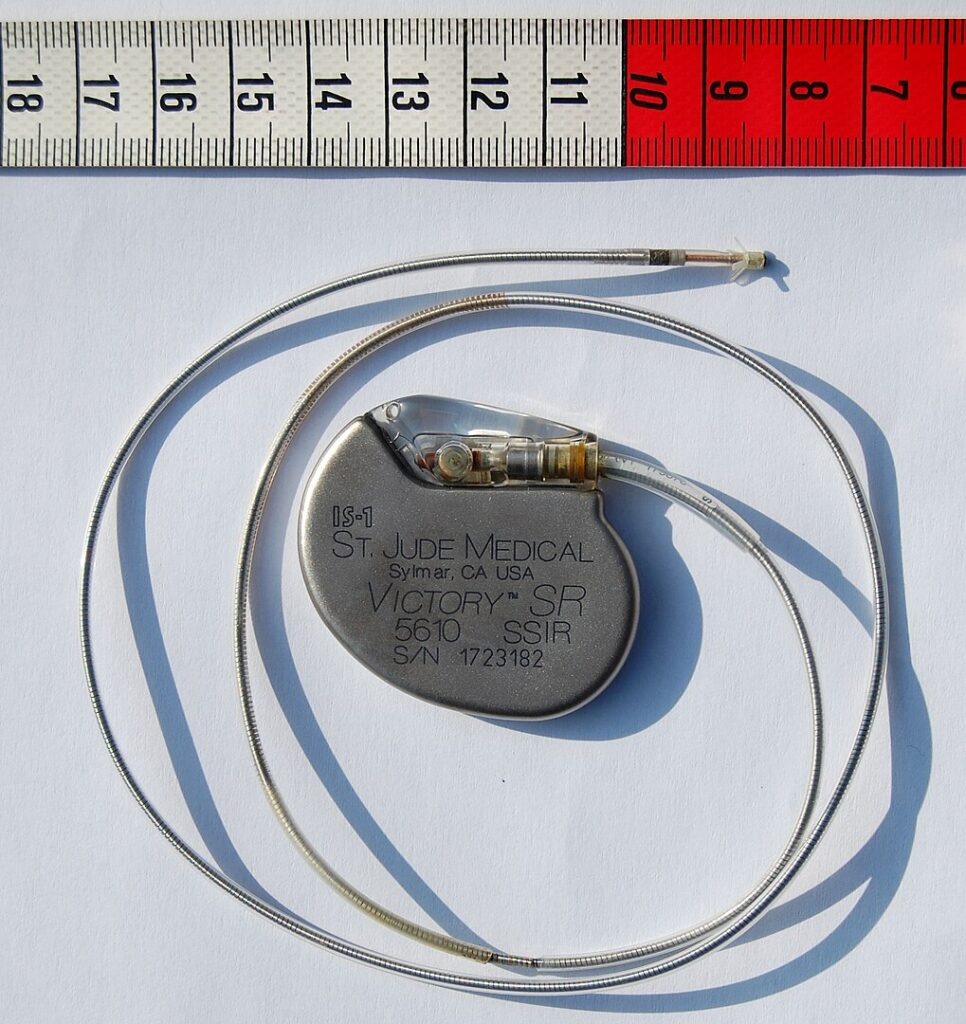
Engineer Wilson Greatbatch was working on a heart rhythm recorder in 1956 when he accidentally installed the wrong resistor. Instead of recording heartbeats, the device emitted a regular pulse, perfect for pacing a human heart. He realized the potential and refined the idea into the first implantable pacemaker. Today, pacemakers help millions with heart conditions. This life-saving device came from a simple wiring mistake that sparked a revolutionary medical breakthrough.
8. Plastic Was a Substitute Gone Right
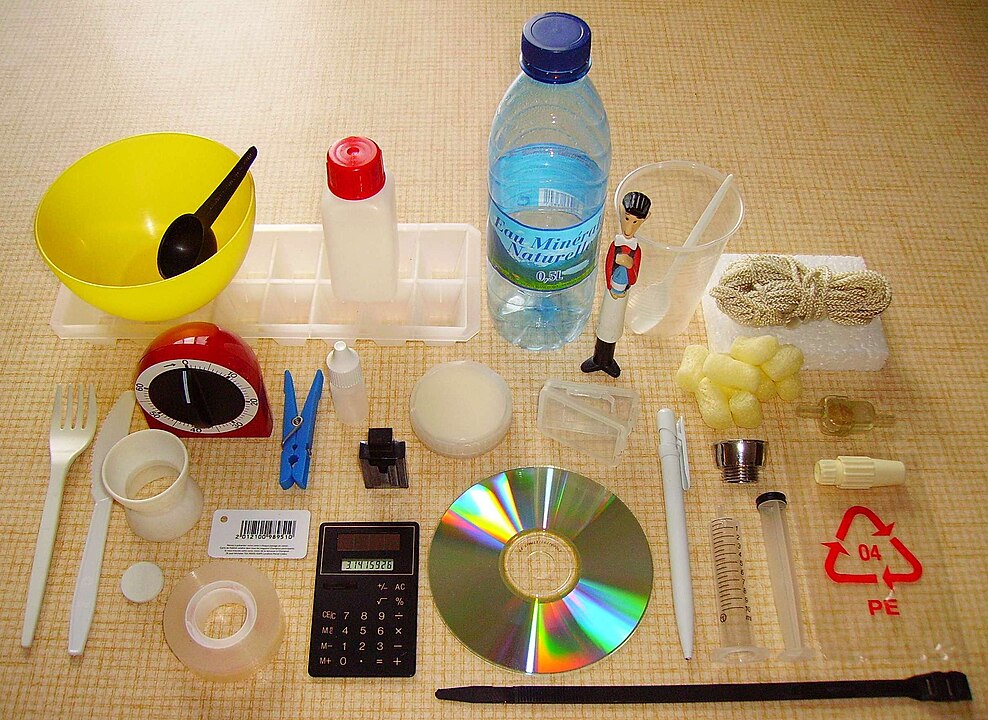
In the 1860s, there was a shortage of ivory for billiard balls. Inventor John Wesley Hyatt sought a synthetic alternative and developed a material called celluloid. It was the first form of plastic and could be molded into many shapes. Though not what he originally set out to make, Hyatt’s invention launched the modern plastics industry. His accidental discovery changed manufacturing, fashion, and countless products we still use today.
9. Popsicles Were a Child’s Forgetfulness

In 1905, 11-year-old Frank Epperson accidentally left a glass of soda mix and a stirring stick outside overnight. It froze, creating a sweet, icy treat. Years later, he patented the idea as the “Epsicle,” which became the beloved Popsicle. What began as a frozen accident turned into a summertime staple enjoyed by millions. Epperson’s forgetfulness led to one of the most iconic, and delicious, accidental inventions in snack history.
10. LSD Was an Unintended Trip
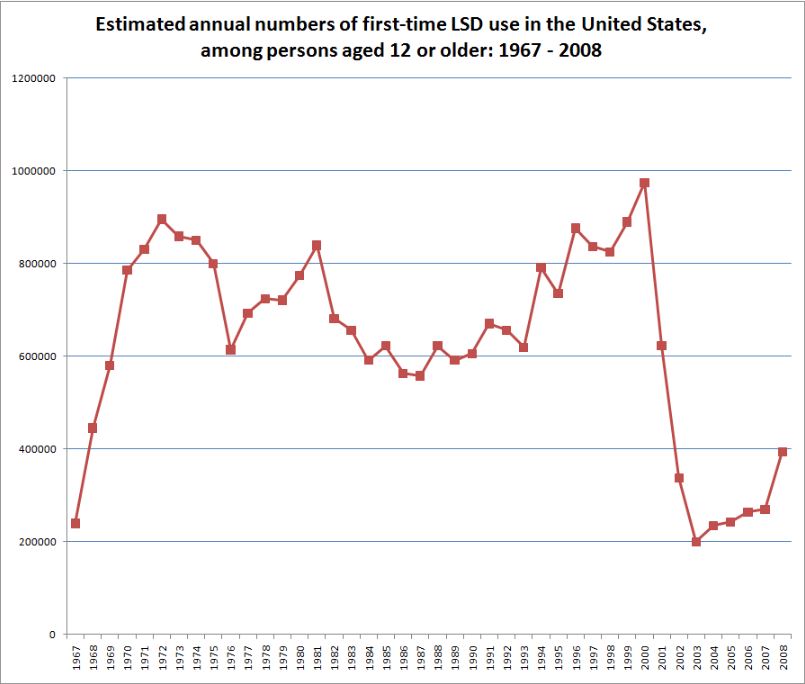
In 1943, Swiss chemist Albert Hofmann was working with a compound called lysergic acid diethylamide (LSD) when he accidentally absorbed a tiny amount through his fingertips. He experienced vivid hallucinations and realized the compound’s powerful psychoactive effects. Though its future would be controversial, LSD had a huge impact on science, psychology, and counterculture. It all began with a lab accident that sent Hofmann on one of history’s most unexpected journeys.
